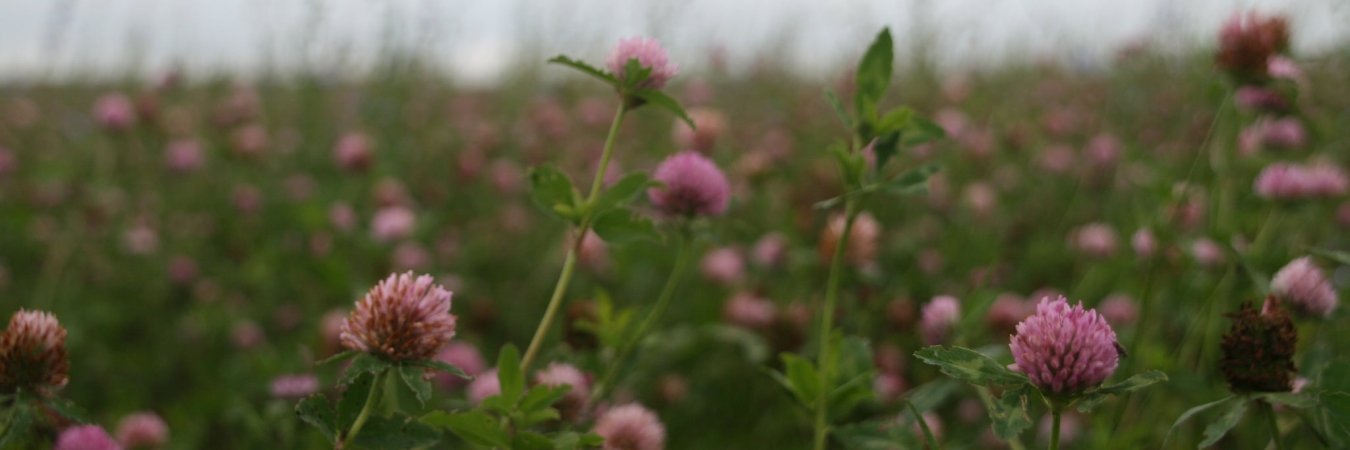Fertility Building
Nitrogen Fixing
Using legumes and farming practices to maximise on free nitrogen (N); improve N availability, increase the amount fixed, minimise losses.
Resource explained
SWARM Hub website useful information – particularly on fixing nitrogen (N). It condenses information taken from ‘A review of leguminous fertility-building crops, with particular reference to nitrogen fixation and utilisation’ and ‘Advisory Leaflet Soil Fertility Building Crops in Organic Farming.’ It explains that N is key in helping you to achieve acceptable yields and crop quality. Legumes can provide you with ‘free’ N through their capacity to take up mineral N in the soil and fix N2 from the atmosphere. The page includes sections describing: the N fixation process; factors affecting N fixation; ways you can minimise N losses; ways you can maximise N fixation; ways you can improve the efficiency of N availability; and other considerations (managing cover crops, crop sequences, bi-cropping, costs, cultivation practices, pests and diseases, nutrient deficiencies, and organic manures).
Findings & recommendations
- By growing legumes in rotation you can build up nitrogen (N) below and above ground; N is broken down by microbial activity following incorporation and released for uptake by the following crop.
- More N will be fixed in most organic rotations where legumes follow crops that have previously depleted soil N levels.
- You can increase the soil mineral N pool on your farm by applying manure, by cutting and mulching, and by grazing livestock.
- Research has shown that the proportion of N that is fixed from legumes is greater when the crop is cut and removed than when it is cut and directly mulched.
- You can maximise N fixation in various ways such as growing a legume in a mixture with a non-N fixing species and growing permanent beds of legumes alongside a cash crop.
- Greater N fixation has been demonstrated in minimum tillage systems.
- For most legume species, yield increases as the quantity of fixed N increases.
- One way to improve efficiency is to combine several legume and grass species in a mixture, incorporating a number of slower growing species. The Legume LINK project is referred to in the section on improving the efficiency of N availability.


